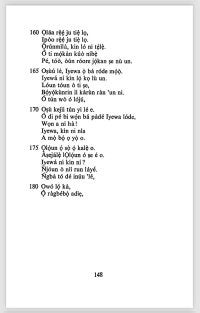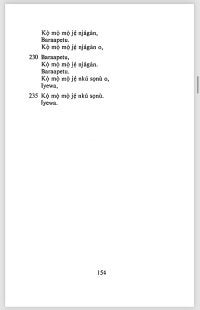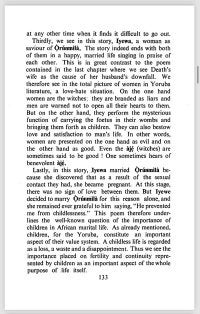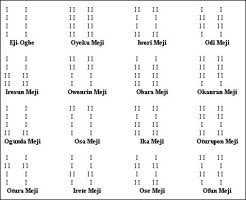The griots weave their tales of old,
Of a mighty warrior, a magician bold,
Last of four divine kings in ages past,
He reigned for thirty years, his legacy vast.
Then, with heavens split, he took flight,
Three wives he cherished, each a jewel of light,
One for every ten years, a testament to love’s embrace,
First was the hibiscus, blooming with spring’s grace,
Ever faithful, ever loyal, her beauty so true,
He fell for her deeply, made her his wife anew.
Years of joy unfolded beneath the sun’s glow,
Until his heart wandered, drawn to another’s flow.
Younger and radiant, like a star in the day,
Ethereal as moonlight, she brightened his way,
He fell for her charm, made her his wife too,
Joy flourished again, but fate’s whispers ensued,
Until his gaze shifted, caught by a warrior's might,
A sorceress fierce, skilled in the mystic night.
He fell yet again, made her his wife in turn,
Years of joy blossomed, but soon sorrow would burn.
Loyal the first, steadfast from the start,
Languished in silence, longing through pains,
For the man who once filled her heart with sweet song,
In search of solace, she called on the second,
To learn how to reclaim the love she once traced.
The second, a vision of beauty turned cold,
Claimed she had feasted on his heart, a meal to behold,
Night after night, she served him delight,
So the first vowed the same, her love shining bright.
One fateful night, as the storm raged fierce,
She stepped forth, her heart to pierce,
With the third absent and the second still near,
She took on the role, though burdened with fear.
In secret, unseen, she cut from her ear,
Mixed it in with the meal, a sacrifice dear,
But the warrior sensed treachery, refused her sweet dish,
Accused her of deceit, he did, with a bitter wish.
In a fit of rage, with a flick of his hand,
He cast her to a stream, lost in a dream,
The river we now call Oba, where sorrows expand.
With fury still brewing, he turned to the second,
Accusing her too, with no mercy beckoned,
He made her a river, the one we call Oshun,
And found himself alone beneath a desolate moon.
In the stillness of silence, the void now complete,
He saw his loss, his heart faced defeat,
A great cry escaped him, for the love he had slain,
Then struck down by fire, consumed by the rain.
So the tale is told of Sango, proud and grand,
Last of the line of Oduduwa, ruler of the land,
The last of the divine kings, in fury and woe,
Was no more, swept away by the storm’s cruel flow.





































